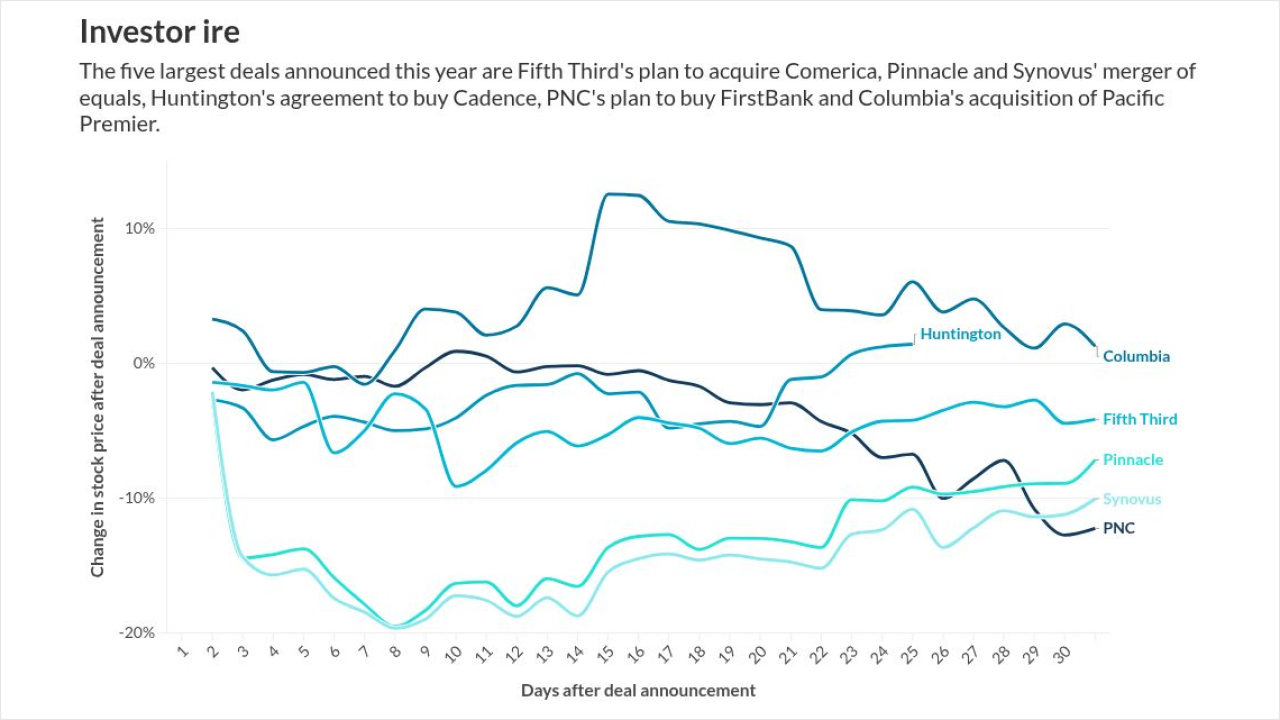Banking that utilizes ambient intelligence is emerging as the most useful and forward-thinking framework to serve expectations for greater convenience, accessibility and mobility.
Think of ambient banking like a Google or Facebook login on a third-party website or application; through one simple click, you receive access to all services without ever having to leave the site.
It's banking in the background, and it's the future. Ambient banking is set to transform our financial lives and how we engage with our money.
The current iteration of ambient banking is focused on a simple core concept: bank where you make payments. However, its ultimate promise is a frictionless experience fully integrated with our everyday use of technology.
It's why tech giants like Apple, Amazon, Facebook and Google have experimented with financial services (i.e., Apple Pay and Amazon Cash). Since consumers already interact with the brands so extensively, it would not be a difficult leap for them to hold money there as well.

The barrier of entry for banking is probably too high for tech to provide full-fledged financial services. However, by leveraging strategic partnerships and utilizing technology developed by these companies, banks can boost contextual awareness of how consumers interface with their wallets, increase intuitive functionality outside native applications, and build an "invisible" banking experience that weaves seamlessly into the user's life.
How we work and do business is changing dramatically, with freelancing, remote work and online entrepreneurship on the rise. For this new and dynamic class, fees associated with credit cards and payment processors makes a huge difference to the bottom line.
To give a broader perspective of how these fees can stack up — Visa's revenue is projected
Ambient banking eliminates the need for a third-party payment processor. All transactions stay contained within an application, enabling true peer-to-peer payment, even across international borders. Minimizing these costs increases opportunity to participate in the global economy, confidently pursue ventures outside traditional employment, and move money with complete flexibility to one's lifestyle.
Ultimately, the ambient banking experience just makes sense within the context of how our world is changing and how we're using technology to conduct our daily lives.
But it is more than the convenience of "one-stop-shop" banking and spending — it provides new direction to serve banking customers in a more meaningful, integrated way, and elegantly accommodates the movements shaping fintech's future.





